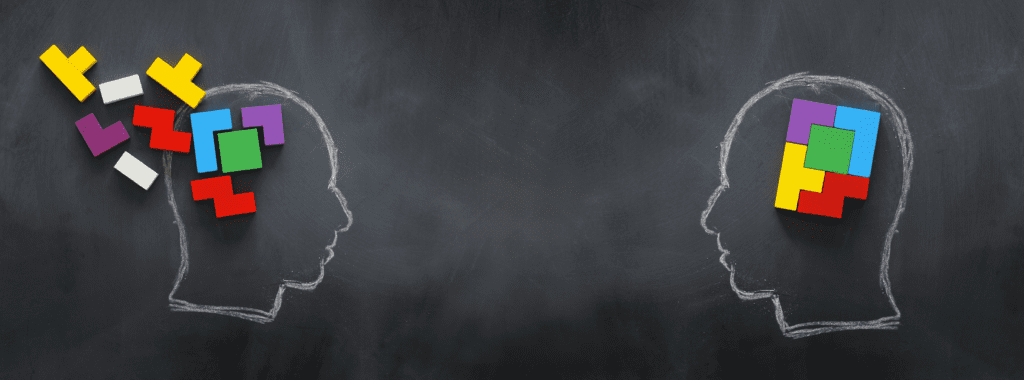There are few childhood conditions more discussed these days than ADHD, or attention-deficit/hyperactivity disorder. It is one of the most common neurodevelopmental disorders of childhood, and it can last into adulthood. Get the facts about ADHD by taking our pop quiz.
1.) What are common signs and symptoms of ADHD in childhood?
- Forgetting or losing things a lot
- Squirming, fidgeting, or talking too much
- Making careless mistakes, taking unnecessary risks, or having a hard time resisting temptation
- Having difficulty getting along with others, such as having trouble taking turns
- All of the above
2.) What is the estimated percentage of children and the estimated percentage of adults who have ADHD in the U.S.?
- 6.9 percent of children and 1.8 percent of adults have ADHD
- 8.4 percent of children and 2.5 percent of adults have ADHD
- 10.7 percent of children and 4.3 percent of adults have ADHD
- 12.6 percent of children and 6.2 percent of adults have ADHD
- None of the above
3.) True or false? The process for diagnosing ADHD includes conducting a medical exam, plus hearing and vision tests, using a checklist for rating ADHD symptoms, and taking a history of the child from parents, teachers, and even the child themself.
4.) Which of the following is a type of ADHD?
- Inattentive type
- Hyperactive/impulsive type
- Combined inattentive/hyperactive type
- All of the above
5.) True or false? Boys are more than twice as likely as girls to be diagnosed with ADHD, but girls who do have ADHD tend to have less trouble with hyperactivity and impulse control and more issues with inattention.
6.) What treatments are available for dealing with ADHD?
- Psychotherapy, like behavior therapy, which aims to teach or strengthen positive behaviors and eliminate unwanted or problem behaviors.
- Medication
- A combination of psychotherapy/behavior therapy and medication
- All of the above are options
7.) True or false? Being healthy is especially important for children with ADHD as it can make it easier for a child to deal with ADHD symptoms.
8.) What healthy behaviors can help make it easier for a child to deal with ADHD symptoms?
- Healthy eating habits
- Adequate physical activity
- Limited daily screen time
- Adequate sleep
- All of the above
9.) True or false? Conditions like learning disabilities, anxiety disorder, conduct disorder, depression, and substance abuse are common in people with ADHD.
10.) Which of the following is a common myth or misconception about ADHD?
- ADHD is a made-up condition.
- People with ADHD are lazy and just need to try harder.
- Kids with ADHD will outgrow it.
- ADHD is the result of bad parenting.
- All of the above
compiled by ERIKA ALDRICH / Information provided by Understood.org, the Centers for Disease Control and Prevention, the National Institute of Mental Health, and Psychiatry.org
ANSWERS
- E. All of the above. There are many different signs and symptoms that make up ADHD.
- B. 8.4 percent of children and 2.5 percent of adults have ADHD.
- True. There are many steps to diagnosing ADHD, including a medical exam and discussions with those in a child’s life.
- D. All of the above. There are three different types of ADHD.
- True. Boys are more likely than girls to be diagnosed with ADHD, and girls who have ADHD are more likely to suffer from inattention than hyperactivity or impulse control.
- D. All of the above are options. Treatment is tailored to fit the child and can include psychotherapy/behavioral therapy, medication, or both.
- True. Following a healthy lifestyle can make it easier for a child to deal with ADHD.
- E. All of the above. Eating healthy, getting exercise, limiting screen time, and getting enough sleep are all part of a healthy lifestyle.
- True. There are many other conditions that can be present alongside ADHD.
- E. All of the above. There are many myths about ADHD, so it is a good idea to find a trusted source, such as the resources used in this quiz, to find more information about ADHD.
